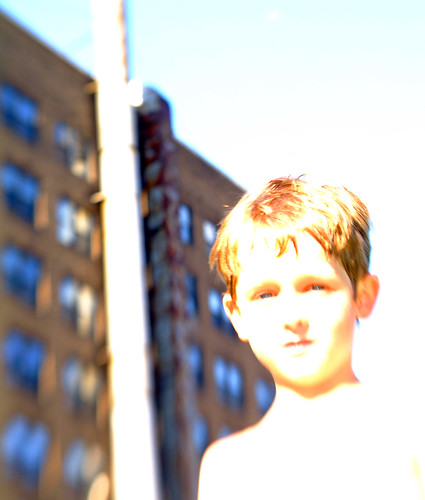The Basics of Photography Exposure
Whether you are planning portrait photography or dabbling in landscape photography, the exposure level plays a crucial role in creating a good shot. If you are taking wedding shots, a good wedding photographer should be skillful or experienced enough to use the correct exposure in order to capture your memorable moment beautifully.
Photography exposure is the amount of light that passes through your camera lens when you are taking a picture. The more light that passes through the lens, the brighter your subject will appear, and vice-verse. In other words, the exposure will determine how bright the resulting photograph is, which is extremely important when it comes to portrait photography.
 Overexposed
OverexposedWhen your image appears washed out and/or not clearly defined, this indicates that your photo has been overexposed. On the other hand, a dark image with details you have to squint to discern means that your photo is underexposed. Mastering the skill of determining the perfect exposure often involves the adjustment of 3 camera settings: the aperture, ISO, and shutter speed.
Although it can convey an evocative mood, underexposure often just results in less than perfect photos. Yet, you can practice to eliminate the problem. You can try adjusting the camera settings related to shutter speed. The shutter speed reflects the duration the shutter stays open, and you may want to slow this down to increase exposure time for a brighter image. Similarly, using a wider aperture/smaller f-stop or higher ISO setting will result in brighter looking photos, and vice-verse.
You can also shoot nearer to the light source or a window, as is sometimes done by a wedding photographer, to reduce the effect of underexposure. Moving closer to your subject when you are taking the photo also helps to produce a brighter photo.
When your photographs wind up looking overexposed, try reducing the exposure and light levels. Instead of shooting under the blazing sun, move to a darker place or use shades for lower light levels. You may also try using the flash, as this can help to reduce the effect of the external lighting and prevent the appearance of shadows.
Switching to a higher shutter speed also helps reduce the amount of light captured by your camera lens. Since it can sometimes be difficult to manipulate the surrounding lighting, consider photographing outdoors on a cloudy day, when there is less glare and shadow, and you would not face the problem of over or underexposed photos when shooting outdoors.


